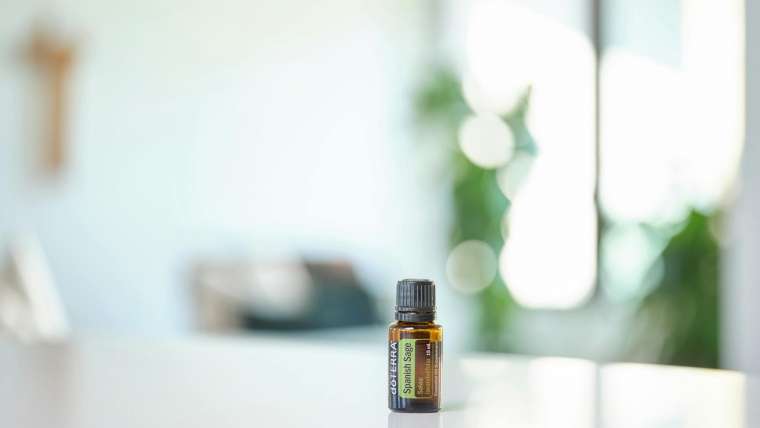Discover the ultimate solution to banish lower back pain for good. Say goodbye to discomfort and hello to relief now!
Table of Contents
- Crohn’s Disease: Symptoms, Causes, and Treatment Options
- Cold Sore: How to Identify and Treat this Common Viral Infection
- Lyme Disease: Prevention Tips and Early Warning Signs
- Bacterial Vaginosis vs. Yeast Infections: Understanding the Difference
- Rheumatoid Arthritis: Managing Pain and Improving Quality of Life
Lower back pain is a common ailment that can have a significant impact on daily life. From difficulty moving to experiencing constant discomfort, dealing with lower back pain can be challenging. In this blog post, we will discuss effective strategies to help alleviate lower back pain and improve overall quality of life.
Crohn’s Disease: Symptoms, Causes, and Treatment Options
Crohn’s Disease is a chronic inflammatory condition that affects the digestive tract. Symptoms may include abdominal pain, diarrhea, fatigue, and weight loss. The exact cause of Crohn’s Disease is unknown, but factors such as genetics and an overactive immune system may play a role. Treatment options typically involve a combination of medications, lifestyle changes, and in severe cases, surgery.
Cold Sore: How to Identify and Treat this Common Viral Infection
Cold sores are small, painful blisters that typically appear on or around the lips. They are caused by the herpes simplex virus and can be triggered by stress, illness, or exposure to sunlight. Treatment for cold sores usually involves antiviral medications to help manage symptoms and reduce the frequency of outbreaks. It’s important to avoid close contact with others during an outbreak to prevent spreading the virus.
Lyme Disease: Prevention Tips and Early Warning Signs
Lyme Disease is transmitted through the bite of an infected tick and can lead to flu-like symptoms, joint pain, and fatigue. Prevention measures include wearing long sleeves and pants in wooded areas, using insect repellent, and checking for ticks after spending time outdoors. Early detection is crucial for successful treatment, as antibiotics are typically used to combat the infection.
Bacterial Vaginosis vs. Yeast Infections: Understanding the Difference
Bacterial Vaginosis and Yeast Infections are common vaginal conditions that can cause discomfort and itching. Bacterial Vaginosis is caused by an imbalance of bacteria in the vagina, while yeast infections are caused by an overgrowth of yeast. Treatment options vary, with antibiotics being used for Bacterial Vaginosis and antifungal medications for Yeast Infections.
| Technique | Description | Benefits |
|---|---|---|
| Regular Exercise | Engage in strength training and flexibility exercises to keep your back muscles strong and flexible. | Improves posture, reduces inflammation, and increases blood flow to the affected area. |
| Proper Ergonomics | Ensure that your workstation is set up correctly with ergonomic chairs, keyboards, and monitors. | Reduces strain on your lower back and prevents future pain. |
| Healthy Diet | Eat a balanced diet rich in nutrients and antioxidants to reduce inflammation and support spine health. | Promotes a healthy weight and reduces pressure on the lower back. |
| Good Posture | Sit and stand with proper posture to maintain the natural curve of your spine. | Prevents unnecessary strain on the lower back muscles and ligaments. |
| Regular Stretching | Incorporate stretching exercises into your daily routine to improve flexibility and reduce muscle tension. | Relieves tightness in the lower back muscles and improves range of motion. |
Rheumatoid Arthritis: Managing Pain and Improving Quality of Life
Rheumatoid Arthritis is an autoimmune disease that causes joint inflammation, stiffness, and pain. Treatment aims to reduce inflammation, relieve pain, and prevent joint damage. Medications, physical therapy, and lifestyle changes such as regular exercise and a balanced diet can help manage symptoms and improve quality of life.
What are the main causes of lower back pain?
Lower back pain can be caused by various factors such as muscle strain, poor posture, injury, or underlying medical conditions like arthritis or herniated discs.
How can regular exercise help alleviate lower back pain?
Regular exercise helps strengthen the back muscles, improve flexibility, and reduce inflammation, which can all contribute to reducing lower back pain.
Are there specific stretches that can help relieve lower back pain?
Yes, stretches like the child’s pose, cat-cow stretch, and knee-to-chest stretch can help alleviate lower back pain by improving flexibility and releasing tension in the muscles.
What lifestyle changes can I make to prevent lower back pain?
Maintaining good posture, using proper ergonomics at work, eating a healthy diet, and staying active through regular exercise are all lifestyle changes that can help prevent lower back pain in the long run.





